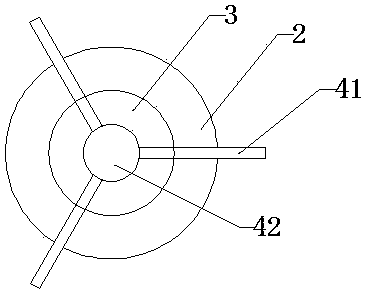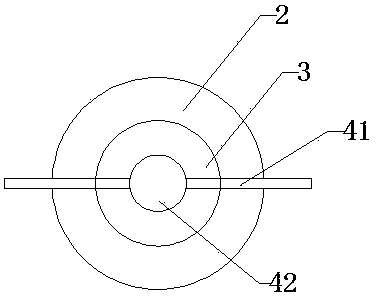Percutaneous aortic valve incision device
A technology of aortic valve and opener, applied in the field of surgical instruments, can solve problems such as excessive bleeding and increased incision time
- Summary
- Abstract
- Description
- Claims
- Application Information
AI Technical Summary
Problems solved by technology
Method used
Image
Examples
Embodiment Construction
[0018] In order to make the object, technical solution and advantages of the present invention clearer, the present invention will be further described in detail below in combination with specific embodiments and with reference to the accompanying drawings. It should be understood that these descriptions are exemplary only, and are not intended to limit the scope of the present invention. Also, in the following description, descriptions of well-known structures and techniques are omitted to avoid unnecessarily obscuring the concept of the present invention.
[0019] Such as figure 1 As shown, a percutaneous aortic valve opening device is composed of three layers of sheath (inner sheath 3, middle sheath 2 and outer sheath 1), the inner sheath 3 and the middle sheath 2 can be Freely receive and pull out the outer sheath tube 1, the length of the three-layer sheath tube is shortened sequentially from the inside to the outside (preferably decreasing in a certain proportion), and ...
PUM
 Login to View More
Login to View More Abstract
Description
Claims
Application Information
 Login to View More
Login to View More - R&D
- Intellectual Property
- Life Sciences
- Materials
- Tech Scout
- Unparalleled Data Quality
- Higher Quality Content
- 60% Fewer Hallucinations
Browse by: Latest US Patents, China's latest patents, Technical Efficacy Thesaurus, Application Domain, Technology Topic, Popular Technical Reports.
© 2025 PatSnap. All rights reserved.Legal|Privacy policy|Modern Slavery Act Transparency Statement|Sitemap|About US| Contact US: help@patsnap.com



